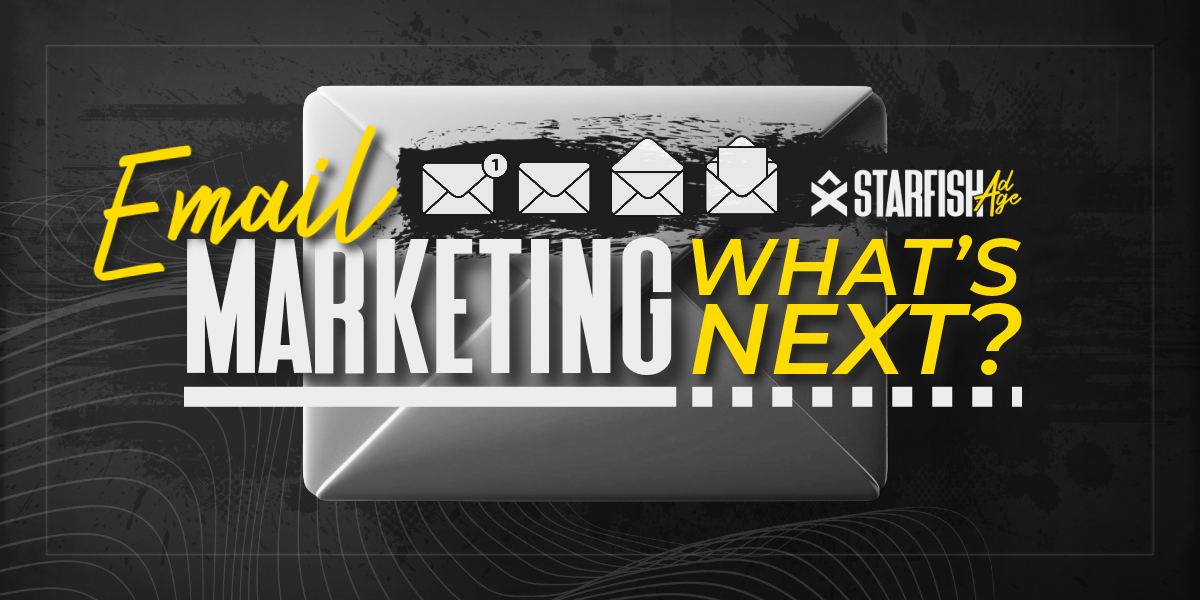
What Is The Future Of Email Marketing
Email marketing has been a powerful tool for businesses for decades. Choosing the right email marketing service can optimize strategies and gauge campaign performance effectively.
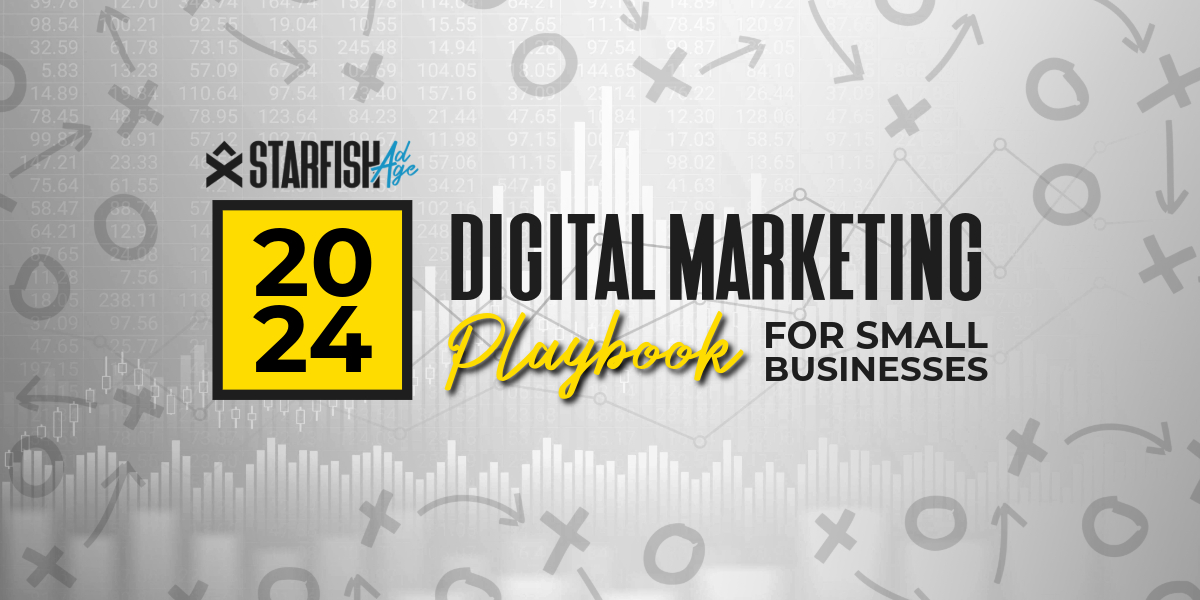
Small businesses must embrace digital marketing to survive and thrive in the current market. This guide offers detailed strategies and practical tips to help small business owners navigate the intricacies of digital marketing. From understanding your audience to optimizing your online presence and developing effective marketing campaigns, this guide covers all the essential aspects of digital marketing.
Email marketing is one of the most cost-effective strategies. It offers a high return on investment by allowing businesses to communicate directly with their audience.
To improve your website’s SEO, use relevant keywords, create high-quality content, optimize site structure, and build backlinks from reputable sources.
Social media is essential because it allows businesses to connect with their audience, build brand awareness, and drive engagement and sales through targeted content.
A CRM system helps manage customer interactions, track leads, and improve the efficiency of your marketing and sales efforts by providing valuable data and insights.
Measure the success of your marketing campaigns by tracking key metrics such as website traffic, conversion rates, click-through rates, and engagement on social media platforms. Use analytics tools to gather data and make informed decisions.
A thorough understanding of your target audience is the cornerstone of any successful marketing strategy. To effectively reach and engage your customers, you must create detailed customer personas that reflect their needs, preferences, and behaviors.

A customer persona is a semi-fictional representation of your ideal customer base. It includes demographic information such as age, gender, income level, education, occupation, and psychographic details like interests, values, and lifestyle choices. Creating customer personas helps tailor your marketing messages and strategies to resonate with your audience.
Market research involves gathering data about your target market or audience’s demographics, interests, and behaviors. Use surveys, interviews, focus groups, and online analytics tools to collect valuable insights. Analyzing this data will help you understand your audience’s pain points, motivations, and preferences.
Studying your competitors’ target audiences can provide valuable insights into market gaps and opportunities. Identify who your competitors are targeting and how they are engaging their audience. This analysis can help refine your target audience and identify areas where you can differentiate your business.
Your value proposition clearly explains how your product or service solves your customers’ problems, delivers specific benefits, and sets you apart from competitors.
Identify what makes your business unique and why customers should choose you over competitors. This could be a distinctive feature of your product, exceptional customer service, or a distinct brand personality. Your value proposition should be compelling and communicate the benefits of your product or service.

Your business’s mission, vision, and values are the core principles that guide your operations and decision-making. Define your mission statement to articulate your business’s purpose and goals. Your vision statement should outline your long-term aspirations, while your values should reflect your company’s ethical standards and principles.
Identify your product or service’s unique selling points (USPs). These specific features or benefits make your offering stand out from the competition. Highlight these USPs in your marketing messages to attract and retain customers.
Craft a concise and compelling value proposition statement that resonates with your target audience. This statement should communicate the unique benefits of your product or service and why customers should choose your business. Use this statement consistently across all your marketing channels to build a strong brand identity.
Your website is the cornerstone of your online marketing presence. It is a digital storefront where potential customers can learn about your business, explore your products or services, and make purchasing decisions.
With the increasing use of mobile devices, designing a mobile-friendly and responsive website is essential. A mobile-friendly website adjusts its layout and content to fit different screen sizes, providing a seamless user experience across all devices. Use responsive design techniques to ensure your website looks and functions well on smartphones, tablets, and desktops.
High-quality visuals and engaging content are essential for creating a positive user experience on your website. Use professional images, videos, and graphics to showcase your products or services. Create compelling and informative content that addresses your audience’s needs and interests. High-quality content attracts visitors and encourages them to stay on your site longer and engage with your brand.
Search engine optimization (SEO) improves your website’s visibility in search engine results pages. Use relevant keywords, meta tags, and high-quality content to optimize your website for search engines. Ensure your website’s structure and navigation are user-friendly, making it easy for search engines to crawl and index your pages.
Social media platforms are powerful marketing tools for connecting with your audience, building brand awareness, and driving engagement. To maximize the benefits of social media marketing, it’s essential to choose the right platforms, create consistent and engaging content, and track your performance.
Identifying the most popular social media platforms among your target audience will lead to effective engagement. Focus on these platforms to connect with your new and existing customers. Below are descriptions of common social media platforms and how they can benefit your small business.
Overview: Facebook, owned by Meta, is the largest social media platform, with over 2.8 billion monthly active users. It is versatile, offering a range of features from text and photo sharing to video posts, live streaming, and advertising options.
Overview: Instagram, also owned by Meta, focuses on visual content such as photos and videos. It has over 1 billion active users, particularly popular among younger audiences.
Overview: Threads is a newer, Meta-owned social media platform designed for intimate sharing among close friends and family. It focuses on private, close-knit interactions.
Benefits for Small Businesses:
Overview: Twitter is a microblogging platform with over 330 million monthly active users. It is known for its real-time updates and is famous for news, customer service, and trending topics.
Overview: LinkedIn is a professional networking platform with over 774 million members. It is ideal for B2B marketing, professional networking, and recruitment.
Overview: Pinterest is a visual discovery platform with over 459 million monthly active users. It is famous for sharing and discovering new ideas, recipes, and DIY projects.
Overview: Snapchat is a multimedia messaging app with over 293 million daily active users. It is known for its disappearing messages and fun filters.
Benefits for Small Businesses:
Overview: TikTok is a short-form video platform with over 1 billion monthly active users. It is known for its creative and viral video content, particularly among younger audiences.
By choosing the right social media platforms and using their unique features, small businesses can effectively reach and engage with their target audience, building strong brand awareness and driving business growth.
Create social media accounts that are consistent with your brand identity. Use the same profile picture, cover photo, and bio across all platforms to build a cohesive brand presence. Consistency helps reinforce your brand image and makes it easier for customers to recognize and connect with your business.

Post engaging and relevant content that resonates with your audience. Use a mix of images, videos, infographics, and text to keep your content fresh and exciting. Share content that educates, entertains, and inspires your audience. Encourage interactions by asking questions, hosting contests, and promptly responding to comments and messages.
Use social media analytics tools to track the effectiveness of your social media efforts. Monitor engagement rates, reach, impressions, and follower growth to assess your performance. Analyzing these metrics will help you understand what works and what doesn’t, allowing you to refine your social media strategy and achieve better results.
Setting clear and measurable marketing goals is essential for guiding your marketing efforts and measuring success. Use the SMART criteria to develop specific, measurable, achievable, relevant, and time-bound goals.

Identify specific and measurable goals that align with your overall business objectives. For example, you might aim to increase website traffic by 20% in six months or generate 50 new leads per month. Ensure that your goals are achievable within the given timeframe and relevant to your business’s needs.
Determine the specific objectives that will help you achieve your marketing goals. Objectives might include increasing brand awareness, generating leads, driving sales, or improving customer engagement. Defining your objectives will help you focus your efforts and allocate resources effectively.
Establish a marketing budget that aligns with your goals and objectives. Consider the cost of different marketing channels and strategies, and allocate resources to the most effective options. Regularly review and adjust your budget based on the performance of your various marketing initiatives and campaigns.
Create a timeline for your marketing activities to ensure timely execution. Plan your campaigns, content, and promotional activities, and set deadlines for each task. A well-structured timeline will help you stay organized and on track to achieve your marketing goals.
Selecting the proper marketing channels helps you reach your target audience and achieve your small business marketing strategies and objectives. You can choose those that align best with your business goals and audience preferences by evaluating the effectiveness of different channels. Below is a detailed exploration of various marketing channels and how they can benefit your small business.

Overview: Email marketing is one of the most cost-effective and direct ways to communicate with your audience. It involves sending targeted emails to your subscribers to inform, engage, and convert them.
Strategies:
Overview: Social media marketing involves promoting your business on various platforms to build brand awareness, engage with your audience, and drive traffic and sales.
Strategies:
Overview: Content marketing involves creating and distributing valuable, relevant content to attract and engage a target audience. It includes blogs, articles, videos, infographics, podcasts, and more.
Strategies:
Overview: Search engine marketing involves promoting your business through paid advertisements on search engines like Google and Bing. It includes pay-per-click (PPC) advertising and search engine optimization (SEO).
Strategies:
Overview: Paid advertising involves promoting your business through various paid channels, including social media ads, display ads, and sponsored content. It allows you to reach a wider audience quickly.
Strategies:
Overview: Traditional marketing encompasses offline methods like print advertising, direct mail, radio, and television commercials. While digital marketing is on the rise, traditional channels still play a vital role in reaching specific audiences.
Overview: Funnel marketing is the strategy of guiding potential and existing customers through different stages of the buying process, from awareness to consideration to conversion.
Strategies:
Overview: Programmatic advertising uses automated technology to buy and place ads in real-time across various platforms, optimizing the process for better targeting and efficiency.
Strategies:
Overview: Connected TV advertising involves placing ads on smart TVs and streaming devices. It merges the broad reach of traditional TV with the precision targeting of digital advertising.
Strategies:
Identify Effective Marketing Channels
Determine your business’s most effective marketing channels, such as email marketing, social media marketing, content marketing, search engine marketing, and paid advertising. Consider each channel’s reach, engagement, and ROI.
Evaluate Marketing Strategies
Assess the best marketing strategies for your target audience. If your audience is active on social media, create engaging content and ads. If your audience prefers email communication, invest in email marketing campaigns. Tailor your strategies to match your audience’s preferences and behaviors.
Consider Cost and ROI
Evaluate each marketing channel’s cost and potential return on investment (ROI). Choose channels that offer the best value for your marketing dollars and have the potential to deliver significant results. Continuously monitor and analyze the performance of your marketing campaigns to ensure the best ROI.
Align Channels with Business Goals
Choose marketing channels that align with your business goals and objectives. For example, if your goal is to increase brand awareness, focus on channels with a broad reach, such as social media and content marketing. If you want to generate leads, invest in targeted channels like email marketing and search engine marketing.

Blogging effectively drives traffic to your website, establishes your expertise, and engages with your audience. Creating valuable and optimized content can improve your search engine rankings and attract potential customers.
Write blog posts that address your audience’s needs, interests, and pain points. Provide valuable information, tips, and insights to help your readers solve their problems. Use a conversational tone and make your content easy to read and understand.
Use search engine optimization (SEO) techniques to improve your blog post’s visibility in search engine results. Conduct keyword research to identify relevant keywords and phrases and incorporate them naturally into your content. Use meta tags, headers, and internal links to enhance your SEO efforts.
Promote your blog posts on social media, email newsletters, and other marketing channels to drive traffic to your website. Encourage your audience to share your content with their networks to increase reach. Engaging and valuable blog content can help you attract new customers and build a loyal following.
Video marketing is a powerful tool for increasing brand awareness, engaging your audience, and driving sales. Creating high-quality and optimized videos allows you to reach a wider audience and establish your business as a thought leader.
Produce high-quality videos that are relevant and interesting to your audience. Use storytelling techniques to captivate viewers and convey your message effectively. Consider creating product demonstrations, tutorials, behind-the-scenes videos, and customer testimonials to showcase your business.
Optimize your videos for search engines using relevant titles, descriptions, and tag keywords. Add transcripts and closed captions to improve accessibility and searchability. Host your videos on platforms like YouTube and Vimeo, and embed them on your website to increase visibility and engagement.
Share your videos on social media, email newsletters, and your website to reach a broader audience. Use video ads to target specific demographics and interests. Engaging video content can help you attract new customers, drive traffic to your website, and increase sales.
Email marketing is a cost-effective way to nurture leads, build customer relationships, and drive sales. By creating personalized and targeted email campaigns, you can engage your audience and encourage them to take action.
Collect email addresses from your website, social media, events, and other sources. Offer incentives like discounts, free resources, or exclusive content to encourage sign-ups. Segment your email list based on demographics, interests, and behaviors to send targeted and relevant messages.
Design personalized email campaigns that provide value to your audience. Use engaging subject lines, clear calls-to-action, and compelling content to encourage opens, clicks, and conversions. Tailor your messages to different audience segments to increase relevance and effectiveness.
Use email marketing automation tools to streamline your campaigns and ensure timely communication. Set up automated workflows for welcome emails, follow-ups, and abandoned cart reminders. Automation can help you save time, improve efficiency, and effectively nurture leads.

A customer relationship management (CRM) system is essential for managing leads and customer interactions. Starfish Ad Age’s Starleads CRM offers a comprehensive solution combining automation, marketing, and social media management to nurture leads and effectively guide them through the sales funnel.
Overview: Starleads CRM is designed to meet your business’s needs by managing leads, tracking interactions and customer journeys, and analyzing data. This CRM provides valuable insights into customer behaviors and preferences, allowing you to tailor your marketing efforts effectively.
Benefits:
Strategies:
Overview: Create a robust lead nurturing strategy using Starleads CRM. This system lets you guide leads through the sales funnel with personalized emails, targeted content, and other marketing channels.
Benefits:
Strategies:

Overview: Starleads CRM enables you to track the effectiveness of your lead nurturing efforts. You can make data-driven decisions to continuously improve your strategy by monitoring key metrics.
Benefits:
Strategies:
Overview: Starleads CRM is not just about lead nurturing; it also offers powerful tools for marketing automation and social media management, helping you create cohesive and effective campaigns across multiple channels.
Benefits:
Strategies:
By using Starfish Ad Age’s Starleads CRM, you can streamline your lead nurturing, marketing automation, and social media management processes. This comprehensive tool enables you to manage and optimize all aspects of your customer relationships and marketing efforts, driving growth and achieving your business objectives.
Local SEO is essential for attracting nearby customers and increasing your online visibility. By optimizing your Google My Business listing and using local SEO techniques, you can improve your search engine rankings and drive more traffic to your business.
Claim and optimize your Google My Business listing to improve local search visibility. Ensure your business information is accurate and up-to-date, including your address, phone number, website, and hours of operation. Add high-quality photos and encourage customers to leave reviews.
Optimize your business website for local search engines by using relevant keywords, creating localized content, and building local backlinks. List your business in online directories and citations to increase your online presence. Engaging with your local community and participating in local events can boost your SEO efforts.

Strategic partnerships can help increase brand awareness, drive sales, and establish your business as a thought leader. Identify potential partners that align with your business goals and develop a partnership strategy that benefits both parties.
Look for other businesses, organizations, and influencers that share your target audience and complement your products or services. Reach out to potential partners and propose mutually beneficial collaborations.
Create a partnership strategy that outlines the collaboration’s goals, benefits, and expectations. Clearly define each partner’s roles and responsibilities and establish a plan for promoting the partnership. Regularly communicate and evaluate the partnership’s progress to ensure its success.
Leverage partnerships to reach new audiences and increase brand awareness. Collaborate on marketing campaigns, co-host events, and create joint content to raise brand awareness and maximize the partnership’s impact. Successful partnerships can enhance your credibility and attract new customers.
Using analytics tools to track your website’s performance is essential for making data-driven decisions and optimizing your marketing efforts. Monitor key metrics regularly and use the insights to improve your website and marketing strategies.
Google Analytics is a powerful tool for tracking website traffic, user behavior, and conversion rates. Set up your website’s Google Analytics and monitor key metrics such as page views, bounce rates, session duration, and goal completions. Analyze this data to understand how visitors interact with your site and identify areas for improvement.
Review your website’s performance regularly and use the data to make informed decisions. Identify high-performing pages and replicate their success across your site. Address issues such as slow loading times, broken links, and poor navigation to improve the user experience.
Tracking and analyzing marketing metrics helps evaluate your campaigns’ effectiveness and make data-driven decisions. Use key performance indicators (KPIs) to measure your success and identify areas for improvement.
Determine the key marketing metrics that are relevant to your goals and objectives. These might include website traffic, conversion rates, click-through rates, social media engagement, and email open rates. Regularly track these metrics to assess your performance.
Analyze your marketing metrics to identify trends, strengths, and weaknesses. Use this data to make informed decisions and optimize your marketing strategies. Continuously testing and refining your campaigns will help you achieve better results and maximize your ROI.
Avoid using a one-size-fits-all marketing approach. Tailor your strategies to meet your target audience’s specific needs and preferences. Personalizing your marketing efforts will help you connect more effectively and achieve better results.
Create personalized marketing messages that resonate with your audience. Use data and insights to tailor your content, offers, and communications to different segments of your audience. Personalization can increase engagement and drive conversions.
Understand and address your audience’s needs and preferences in your marketing efforts. Conduct surveys, gather feedback, and analyze data to stay informed about customer expectations. Meeting your audience’s needs will help you build strong relationships and foster loyalty.
Neglecting your website and online presence can harm your business. Regularly update your website with fresh content and ensure it is optimized for search engines. Stay active on social media and engage with your audience to build a solid online presence and maintain customer relationships.
Keep your website up to date with fresh and relevant content. Regularly publish blog posts, update product pages, and add new images and videos. An updated website improves user experience and boosts search engine rankings.
Actively engage with your audience on social media and other online platforms. Respond to comments, messages, and reviews promptly. Hosting live sessions, Q&A sessions, and polls can also help you connect with your audience and build a community around your brand.
By following the strategies and tips outlined in this guide, small business owners can develop a comprehensive digital marketing plan that drives growth, increases brand awareness, and achieves their business goals. Embrace the power of digital marketing to stay competitive and thrive!

Email marketing has been a powerful tool for businesses for decades. Choosing the right email marketing service can optimize strategies and gauge campaign performance effectively.

Discover successful email marketing strategies to boost engagement, drive conversions, and grow your business with impactful campaigns.

Discover the basics of marketing automation and how it helps businesses save time, streamline campaigns, and boost results.

Discover the importance of lead generation for boosting business growth, building connections, and driving long-term success.

Explore the differences between traditional and digital advertising. Learn which strategy is best for your business, from broad reach to targeted campaigns.
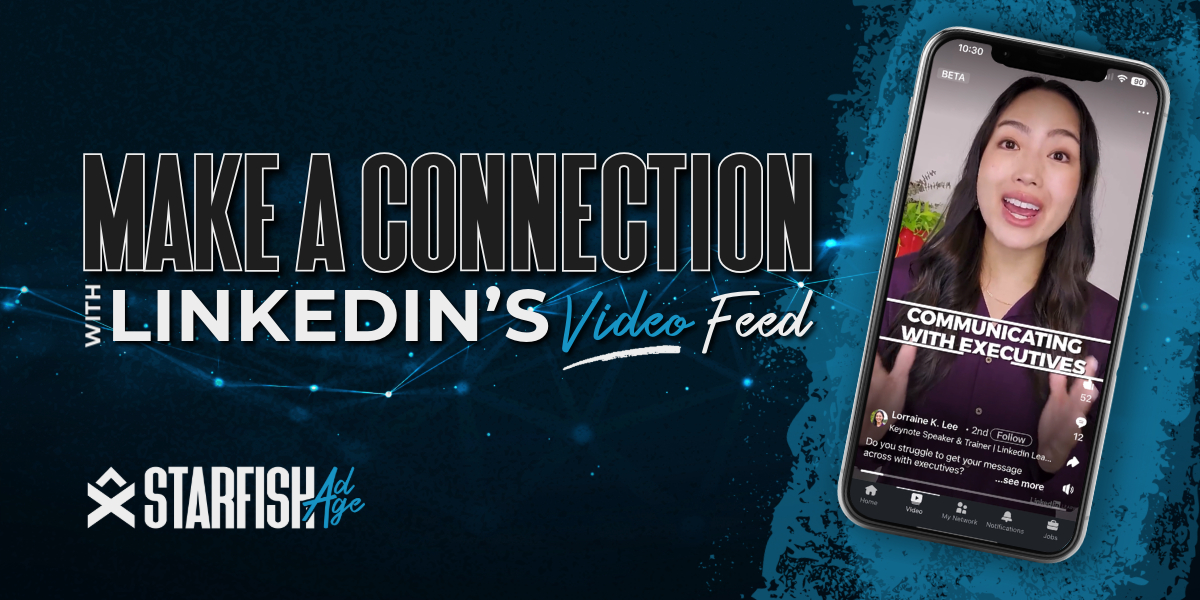
Use LinkedIn’s new video feed to grow your audience. Learn specs, best practices, and tips for creating engaging posts to boost your visibility on LinkedIn.

How major social media legal battles in 2024, including Supreme Court rulings and the Kids Online Safety Act, are impacting businesses and digital marketing.

Discover 10 iconic brands like Blockbuster, Kodak, and Toys “R” Us that went extinct because they failed to innovate.

Gen Z Marketing That’s Breaking The Internet: Discover how Gen Z marketers use bold, unpredictable strategies to capture attention.

Learn how AI tools improve customer experience, streamline operations, optimize marketing, and reduce operational costs.

Discover how AI transforms digital marketing through automation, personalized strategies, and data-driven insights.

Discover five powerful strategies for building brand awareness, from partnerships and influencer marketing to social media and SEO.

Get the latest insights on Google’s ad tech monopoly trial and how it could reshape digital advertising, competition, and your ad strategies moving forward.

Follow TikTok’s legal battle against the ban and learn how it could affect creators. Get the facts and understand the potential future of the platform.

A few of the most significant marketing mistakes we’ve seen in 2024 so far, why they happen, and simple ways to avoid them to keep your campaigns on track.
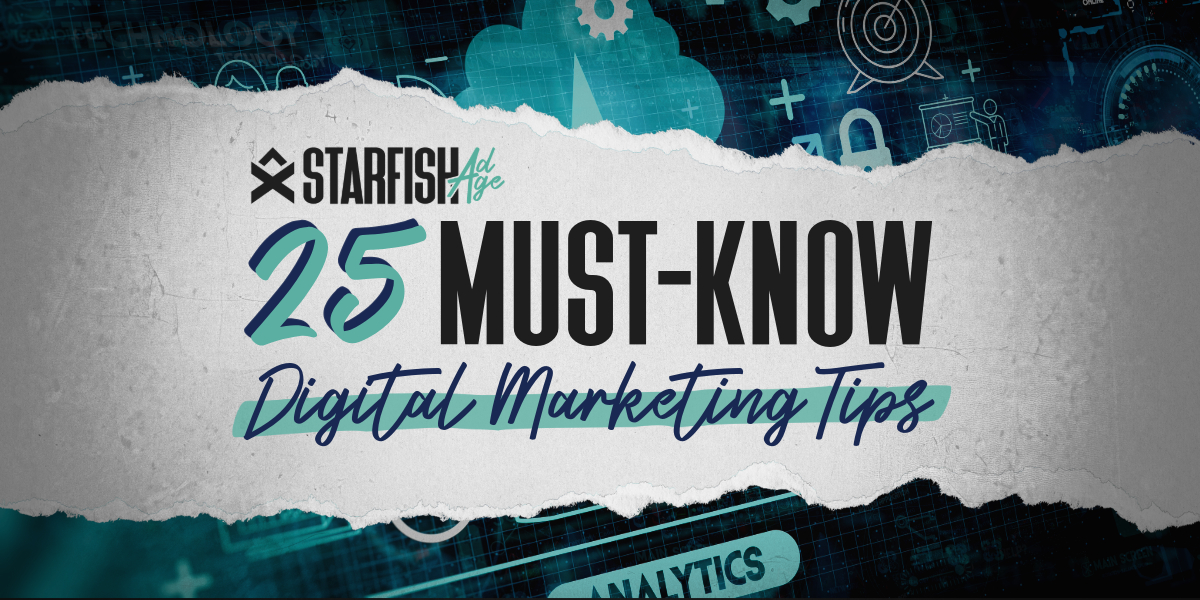
Discover 25 essential digital marketing tips for small businesses. Boost your online presence, attract customers, and drive sales with proven strategies.

14 Essential Digital Marketing Solutions to Boost Your Business Growth

Learn about SEO, PPC, social media marketing, content marketing, and more to drive traffic and conversions. Read now!
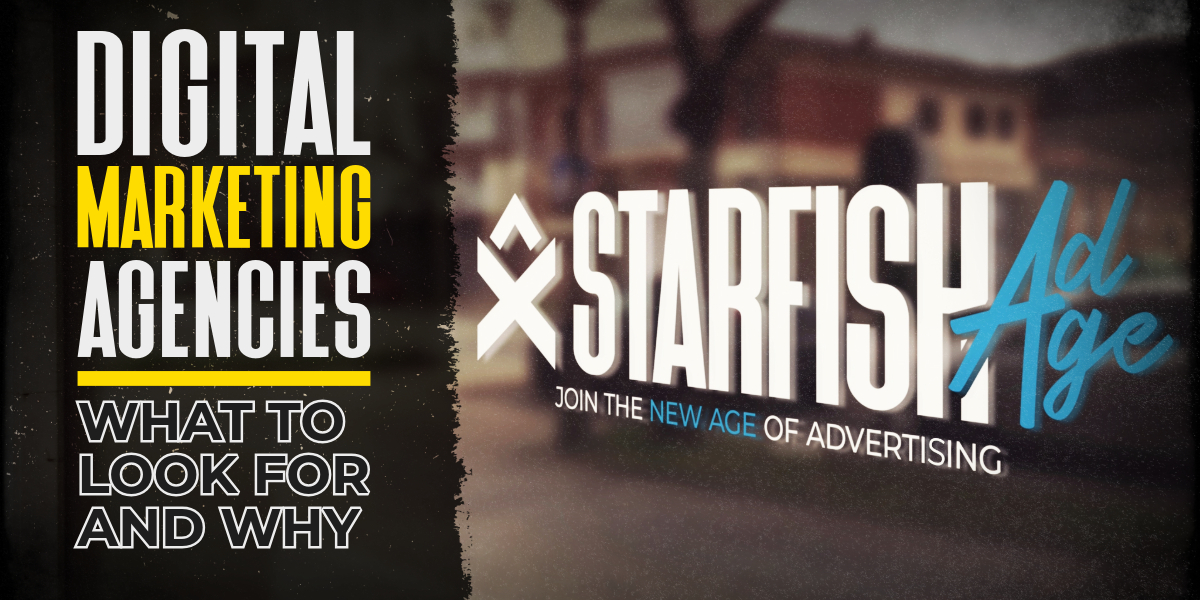
Learn how to select the best digital marketing agency for your small business, the benefits of hiring an agency, and tips for maximizing your online presence.
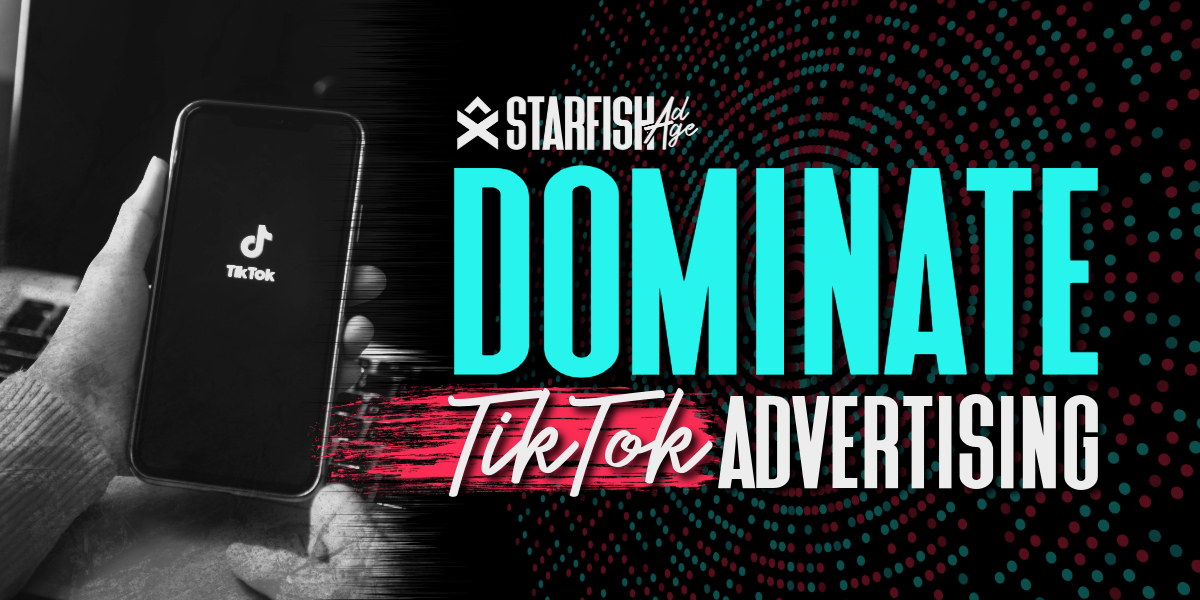
Learn how to leverage TikTok advertising, ad formats, targeting options, and best practices to increase brand awareness, and drive sales.

Learn about Connected TV (CTV) ads, their benefits, and how they work. Understand programmatic CTV advertising for effective digital marketing campaigns.

Discover the benefits of programmatic advertising, an automated method of buying digital ad space that enhances targeting, efficiency, and campaign performance.
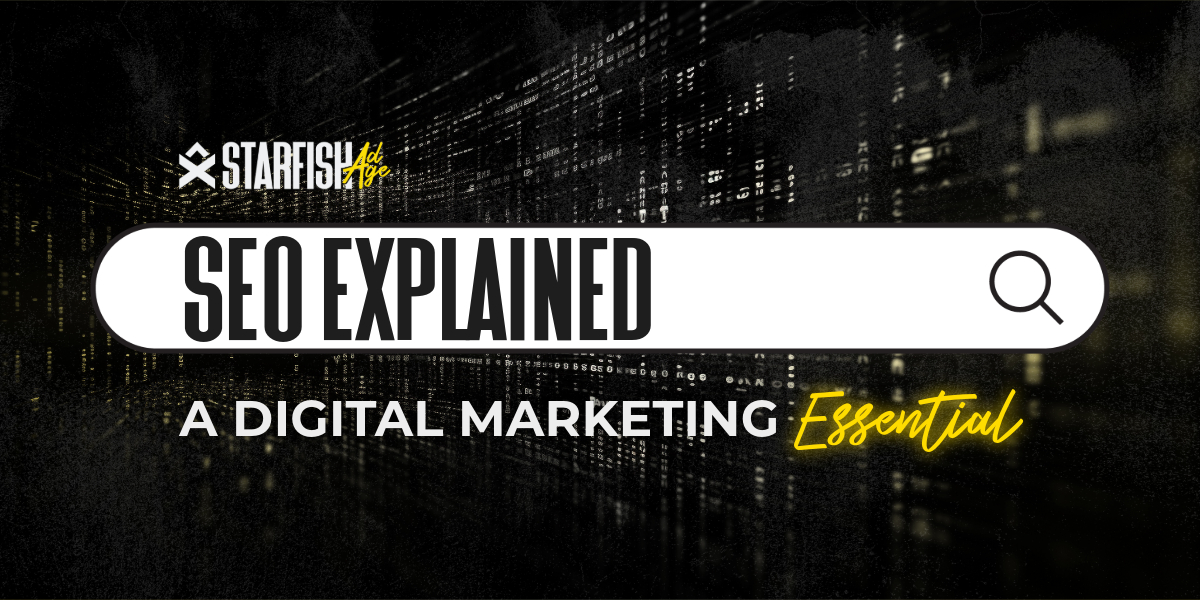
Discover what SEO in digital marketing is and why it matters. Learn how search engine optimization can increase your business’s success.

Learn how to advertise on Google effectively. The basics of Google Ads, from setting up your account to targeting your audience and driving qualified traffic.
All Rights Reserved | Starfish Ad Age LLC | 2023 | Privacy Policy